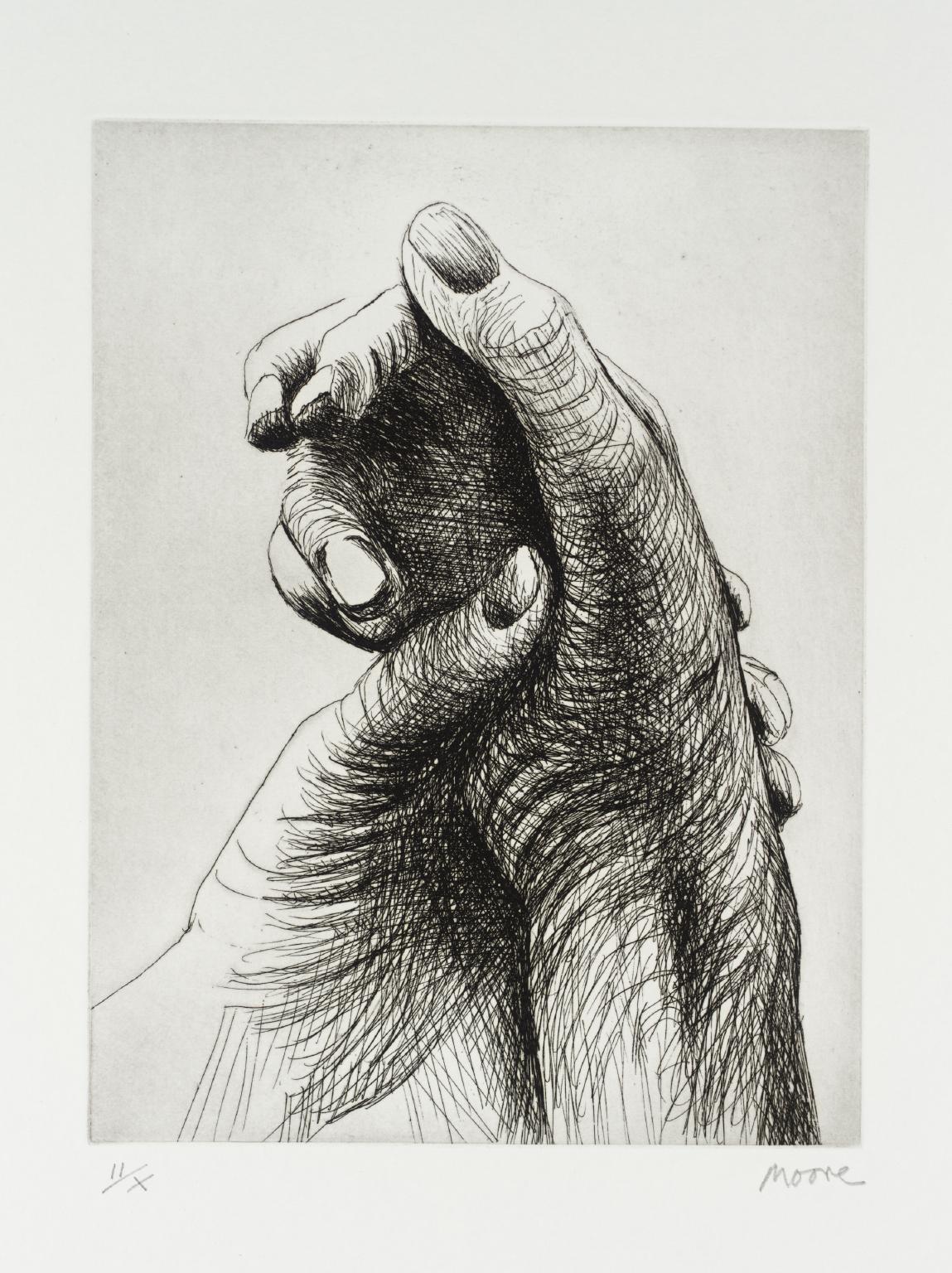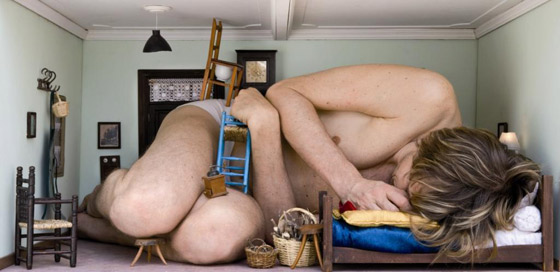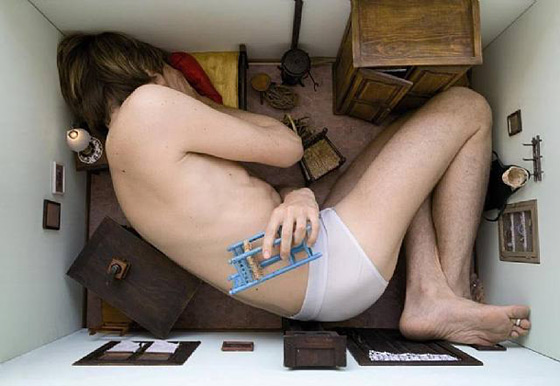This week our violinist model, Tim, will fill the space with music and energy. The idea that an artwork could capture such an energy originated with the Italian Futurist movement in the early 20th century. Giacomo Balla experimented with this in ‘Rhythm of the Violinist’. The staggered repetition of shapes gives the impression that the hand is moving through space and time, while the short, sharp strokes convey a sense of musical vibration.
Giacomo Balla, Rhythm of the violinist, 1912
Balla’s depiction of the mechanical action of the violinist’s hand bears something in common with Marc Chagall’s puppet-like ‘Green Violinist’. He makes a feature of the wooden-looking figure, formed by a collage of angular shapes in a nod to cubism. Chagall favoured magical symbolism over realistic representation, which explains why the musician is dancing, suspended over the rooftops of a miniature village. The symbolism stems from Chagall’s upbringing in the Jewish community in Russia, where the fiddler was a vital presence in ceremonies and festivals, due to the belief that it was possible to achieve communion with God through music and dance.
Marc Chagall, ‘The Green Violinist’, 1923-24
Our own model Tim has been deftly sketched in action along with the other members of the band S I N K, by the wonderful artist that is Alan McGowan. The figures strike a harmony of tensions between definition and elusiveness, a creative answer to the perpetual question of how to capture a living, moving subject in a static medium.
Alan McGowan, S I N K, 2017

















